Looking for ways to pass the time until Spring is here? This list of must-reads will help you to better understand Monarch behavior and habitat! |
| Milkweed, Monarchs and More, was created to be a field guide and provide basic background information for volunteers in the citizen science Monarch Larva Monitoring Project, as well as monarch enthusiasts and classrooms involved in monarch studies. It covers the diverse natural community thrives in the milkweed growing along our highways and woodland edges; in our open fields, fragmented prairies and vacant lots; and in our lovingly tended gardens. The Enlarged and Updated Edition is in response to requests for a larger format-more classroom friendly for student reports and easier on older eyes. |
9. Flight Behavior
Barbara Kingsolver
| Okay, so this is not a book entirely about Monarch butterflies and it is certainly not a how-to book. However, much of the plot-line centers around the mysterious appearance of Monarch butterflies in rural town in Tennessee. Flight Behavior follows a young wife and mother on a failing farm who experiences something she cannot explain, and how her discovery energizes various competing factions—religious leaders, climate scientists, environmentalists, politicians—trapping her in the center of the conflict and ultimately opening up her world. |
8. Kaufman Field Guide to Butterflies of North America
Jim P. Brock and Kenn Kaufman
| Every gardener should have a great butterfly field guide in their library! There are several great butterfly field guides out there including :National Audubon Field Guide to Insects & Spiders, Golden Guide to Butterflies & Moths and Peterson First Guide to Butterflies & Moths. Any of these will work but I recommend Kaufman Field Guide to Butterflies of North America because it is well-written, easy to use and has a great range of illustrations. It also includes a shadowed silhouette of each butterfly to show the size. The guide breaks down how to identify butterflies correctly by size, shape, posture, flight style, and behavior. |
7. How to Raise Monarch Butterflies: A Step-by-Step Guide for Kids (How It Works)
Carol Pasternak
| This is a great how-to on raising Monarch butterflies for adults and children alike! How to Raise Monarch Butterflies explains what threats Monarchs face today and how readers can help conserve the Monarch's feeding grounds from encroachment. It also includes vivid photos, secrets to finding monarch eggs and information on propagating milkweed. |
6. Attracting Native Pollinators: The Xerces Society Guide, Protecting North America's Bees and Butterflies
The Xerxes Society
| In Attracting Native Pollinators, you’ll find ideas for building nesting structures and creating a welcoming habitat for an array of diverse pollinators that includes not only bees, but butterflies, moths, and more. Take action and protect North America’s food supply for the future, while at the same time enjoying a happily bustling landscape. |
5. The Monarch: Saving Our Most-Loved Butterfly
Kylee Baumle
| The Monarch showcases this Monarch butterfly with eye-popping photos, fun facts about a monarch’s life cycle, and things to know about the vital role that pollinators play in our ecosystem. Monarch enthusiast and nature blogger Kylee Baumle provides “action” projects for all ages, from planting milkweed and wildflowers to making butterfly watering stations and to volunteer activism. |
4. Monarchs and Milkweed: A Migrating Butterfly, a Poisonous Plant, and Their Remarkable Story of Coevolution
Anurag Agrawal
| This is a must-read for Monarch enthusiasts! In Monarchs and Milkweed, Anurag Agrawal presents a vivid investigation into how the monarch butterfly has evolved closely alongside the milkweed and how this inextricable and intimate relationship has been like an arms race over the millennia, a battle of exploitation and defense between two fascinating species. It is scientifically rich without sacrificing it's readability. Author, Anurag Agrawal, is a professor in the Department of Ecology and Evolutionary Biology and the Department of Entomology at Cornell University. |
3. Nature's Best Hope: A New Approach to Conservation that Starts in Your Yard
Douglas W. Tallamy
| Douglas W. Tallamy’s first book, Bringing Nature Home, awakened thousands of readers to an urgent situation: wildlife populations are in decline because the native plants they depend on are fast disappearing. In this new book, Tallamy takes the next step and outlines his vision for a grassroots approach to conservation. Nature’s Best Hope shows how homeowners everywhere can turn their yards into conservation corridors that provide wildlife habitats. Even more important, it’s practical, effective, and easy—you will walk away with specific suggestions you can incorporate into your own yard. |
2. A New Garden Ethic: Cultivating Defiant Compassion for an Uncertain Future
Benjamin Vogt
| This is a small, yet mighty, book that is a call-to-action for gardeners to start looking at our gardens with a new perspective. In A New Garden Ethic, Vogt prompts us to ask why urban gardens are so important right now and what we can do to help species on the verge of extinction. "Our landscapes push aside wildlife and in turn diminish our genetically-programmed love for wildness. How can we get ourselves back into balance through gardens, to speak life's language and learn from other species?" Get a first edition, signed copy here! |
1. Bringing Nature Home: How You Can Sustain Wildlife with Native Plants
Douglas W. Tallamy
| Bringing Nature Home is a absolute must-read for the passionate gardener. Douglas W. Tallamy reveals the unbreakable link between native plant species and native wildlife—native insects cannot, or will not, eat alien plants. When native plants disappear, the insects disappear, impoverishing the food source for birds and other animals. But there is an important and simple step we can all take to help reverse this alarming trend: everyone with access to a patch of earth can make a significant contribution toward sustaining biodiversity by simply choosing native plants. By acting on Douglas Tallamy's practical and achievable recommendations, we can all make a difference. |
2 Comments
Milkweed, or Asclepias, is the sole food plant for monarch caterpillars and due to its increasing scarcity, one of the biggest factors contributing to the decline of the monarch butterfly.
Milkweed is in one of the largest genera of plants with over 200 species. It may seem daunting on how to choose the right one but we are here to help!
Consider these 3 things when buying your milkweed.
1. Is the milkweed native to your region?
A native plant is described as a plant that is indigenous to a given geographic area and existed in North America before European settlement. Native plants support local species of insects and promote a biodiverse ecosystem. Insects have evolved with specific plants and depend on them for food, shelter and defense against predators. As we know, the sole food source for monarch caterpillars is milkweed and without this plant, they could not survive!
Grow Milkweed Plants recently released a great tool for finding out which species of milkweed is native to your country and state. Simply click on your region for a list native milkweeds. For more information on species of milkweeds visit the Lady Bird Johnson Wildflower Center.
Grow Milkweed Plants recently released a great tool for finding out which species of milkweed is native to your country and state. Simply click on your region for a list native milkweeds. For more information on species of milkweeds visit the Lady Bird Johnson Wildflower Center.
2. Has it been treated with pesticides?
If you are purchasing milkweed from a nursery, be cautious and make sure they have not been sprayed with pesticides. A large amount of plant nurseries will spray their plants with insecticides in order to make them look healthier and deter insects. If caterpillars feed on plants that have been sprayed with pesticides, especially systemic insecticides, they will die when they consume any part of the plant.
3. Could I harvest the seeds myself?
Plants that grow well and are adapted to a particular environment or ecosystem will grow better than other plants even within the same species. This is because they are genetically better suited to thrive in that particular environment. These plants are called local genotypes and if you have access to wild milkweed plants growing in your area, the best possible thing you can do is harvest the seeds yourself.
If you live in North America, you can't go wrong with these widespread species of Milkweed plants. Most are commercially available.
Common Milkweed (Asclepias syriaca)
| Native Range: AL, AR, CT, DC, DE, GA, IA, IL, IN, KS, KY, LA, MA, MD, ME, MI, MN, MO, MS, MT, NC, ND, NE, NH, NJ, NY, OH, OK, OR, PA, RI, SC, SD, TN, TX, VA, VT, WI, WV Description: This tall perennial has large balls of pink or purplish flowers that have an attractive odor. The flowers bloom from June to August. Growing Conditions: Shade intolerant, needs lots of sunlight, moist soil Plant Size: Usually 3-5 feet (90-150 cm), sometimes reaching 8 feet (240 cm) in ditches and gardens Buy from our store HERE! |
Butterfly milkweed (Asclepias tuberosa)
| Native Range: AL, AR, AZ, CA, CO, CT, DC, DE, FL, GA, IA, IL, IN, KS, KY, LA, MA, MD, ME, MI, MN, MO, MS, NC, NE, NH, NJ, NM, NY, OH, OK, PA, RI, SC, SD, TN, TX, UT, VA, VT, WI, WV Description: Sometimes called Orange Milkweed, this perennial has large, flat-topped clusters of yellow-orange or bright-orange flowers and blooms May to September. Growing Conditions: Needs sunlight, drought tolerant, dry or moist soil Plant Size: 1-2 ft (30-60 cm) Available in our Pollinator Garden Mix! |
Swamp Milkweed (Asclepias incarnata)
| Native Range: AL, AR, CO, CT, DC, DE, FL, GA, IA, ID, IL, IN, KS, KY, LA, MA, MD, ME, MI, MN, MO, MT, NC, ND, NE, NH, NJ, NM, NV, NY, OH, OK, PA, RI, SC, SD, TN, TX, UT, VA, VT, WI, WV, WY Description: Also known as Pink Milkweed, this perennial has large blossoms composed of small, rose-purple flowers. The deep pink flowers are clustered at the top of a tall, branching stem and bloom June to October. Growing Conditions: Needs lots of water, shade tolerant, moist to wet soil Plant Size: 2-5 ft (60-152 cm) |
Antelope Milkweed (Asclepias asperula)
| Native Range: AZ, CA, CO, ID, KS, NE, NM, NV, OK, TX, UT Description: Also known as Spider Milkweed, this perennial is clump-forming with stems that are densely covered with minute hairs. As the green seed pods grow, they curve to resemble antelope horns. It has pale, greenish-yellow flowers, tinged maroon that bloom March to October. Growing Conditions: Needs sunlight, dry or moist soil, medium water use Plant Size: 1-2 ft (30-60 cm) tall |
Showy Milkweed (Asclepias speciosa)
| Native Range: AZ, CA, CO, IA, ID, IL, KS, MI, MN, MT, ND, NE, NM, NV, OK, OR, SD, TX, UT, WA, WI, WY Description: This perennial has large, oval, blue-green leaves and spherical clusters of rose-colored flowers. The flowers occur at the top of the stem and on stalks from leaf axils and bloom May to September. Growing Conditions: Shade intolerant, needs sunlight, medium water use, moist soil Plant Size: Generally 1 ½ – 3 ft (46 – 91 cm) but can reach 6 ft (183 cm) under favorable conditions |
White Milkweed (Asclepias variegata)
| Native Range: AL, AR, CT, DC, DE, FL, GA, IL, IN, KY, LA, MD, MO, MS, NC, NJ, NY, OH, OK, PA, SC, TN, TX, VA, WV Description: This perennial has small white flowers with purplish centers crowded into round, terminal clusters that resemble snowballs and blooms May to September. Growing Conditions: Low water use, dry soil, moderately shade tolerant Plant Size: 1-3 ft (30- 91 cm) |
Whorled Milkweed (Asclepias verticillata)
| Native Range: AL, AR, AZ, CT, DC, DE, FL, GA, IA, IL, IN, KS, KY, LA, MA, MD, MI, MN, MO, MS, MT, NC, ND, NE, NJ, NM, NY, OH, OK, PA, RI, SC, SD, TN, TX, VA, VT, WI, WV, WY Description: This single-stemmed perennial has narrow, linear leaves whorled along the stem. Small, greenish-white flowers occur in flat-topped clusters on the upper part of the stem and bloom May to September. Growing Conditions: Low water use, moderately shade tolerant, dry soil Plant Size: 1-3 ft (30- 91 cm) |
Green Milkweed (Asclepias viridis)
| Native Range: AL, AR, FL, GA, IL, IN, KS, KY, LA, MO, MS, NE, OH, OK, SC, TN, TX, WV Description: Also known as Green Antelopehorn Milkweed, this perennial has white flowers – mostly one per plant and lacks the “horns” seen on Antelopehorn Milkwed. These milkweeds bloom from May to August. Growing Conditions: Needs sunlight, cold and heat tolerant, moist soil, low water use Plant Size: Matures to 4 ft (122 cm) in height |
Purple Milkweed (Asclepias purpurascens)
| Native Range: AR, CT, DC, DE, GA, IA, IL, IN, KS, KY, LA, MA, MD, MI, MN, MO, MS, NC, NE, NH, NJ, NY, OH, OK, PA, RI, SD, TN, TX, VA, WI, WV Description: The milky juice from this perennial is known to remove warts. The flowers are deep magenta red and bloom May to July. Growing Conditions: Needs sunlight and dry soil Plant Size: 2-4 ft (61 to 122 cm) |
Although we are in the depths of winter, it is a great time to start planning your butterfly garden!
Reasons to start now:
- Seeds may take weeks to arrive if ordering online or from a catalog.
- Thinking about summer may just put you in a better mood.
- Native plants like Common Milkweed often need a cold stratification period of 30-60 days.
- Starting the seeds indoors will ensure they are ready when spring arrives.
Here are a list of common butterflies as well as their host plants, preferred nectar sources and native range.
Remember, pollinators have evolved with their host plants and they will only lay their eggs on these specific plants. They also need nectar-sources once they reach adulthood so having a combination of both will guarantee a successful butterfly garden!
Lastly, please source your seeds from certified organic companies and avoid the use of pesticides which are harmful to butterflies and other pollinators.
Purchase our Garden Pollinator Mix which includes 17 wildflowers here!
(Eastern) Black Swallowtail
| Host Plants: Dill, parsley, fennel, carrot Preferred nectar sources: Golden alexanders (Zizia aptera and Z. aurea), Common Milkweed. Joe-Pye Weed, Late-flowering Boneset, Oregano, Privet, Purple Coneflower, Wild Bergamot, Zinnia Native range: Most of the eastern U.S., north into Quebec, west into S. Saskatchewan, Colorado and SE. California; south to South America. |
Common Buckeye
| Host plants: Plantains, gerardias, toadflax, snapdragons, false loosestrifes Preferred nectar sources: Mist Flower, White Clover, Sunflower Native range: Resident in the southern United States and north along the coasts to central California and North Carolina; south to Bermuda, Cuba, Isle of Pines, and southern Mexico. Adults from the south's first brood migrate north in late spring and summer to temporarily colonize most of the United States and parts of southern Canada. |
Monarch
| Host plants: Milkweed species Preferred nectar sources: Blue Cardinal Flower, Swamp Milkweed, Butterfly Milkweed, Common Milkweed,Heath Aster, Heliotrope, Joe-Pye Weed, Lantana, Late-flowering Boneset, Marigold, Mist Flower, Mustard Greens, New England Aster, New York Ironweed, Showy Coneflower, Smooth Aster, Wingstem, Zinnia Range: Southern Canada south through all of the United States, Central America, and most of South America. Also present in Australia, Hawaii, and other Pacific Islands. Conservation status: Overwintering sites in California and Mexico should be protected and conserved. |
Mourning Cloak
| Host Plants: Willow, aspen, cottonwood, elm Preferred nectar sources: Oak tree sap Native range: All of North America south of the tundra to central Mexico; rarely in the Gulf States and peninsular Florida. Also native to temperate Eurasia. Note: Adults live 10-11 months and may be our longest lived butterfly! |
Painted Lady
| Host plants: Thistle, hollyhock, sunflower Preferred nectar sources: Native thistles; also aster, cosmos, blazing star, ironweed, and joe-pye weed, red clover, buttonbush, privet, and milkweeds. Native range: On all continents except Australia and Antarctica. From the deserts of northern Mexico, the Painted Lady migrates and temporarily colonizes the United States and Canada south of the Arctic. Occasionally, population explosions in Mexico will cause massive northward migrations. Note: The Painted Lady makes a 9,000 mile roundtrip migration (almost twice as far as the Monarch) |
Red Spotted Purple
| Host plants: Wild cherry, oak, poplar, hawthorn, willow Preferred nectar sources: Spiraea, privet, and viburnum Native range: Alaska and subarctic Canada southeast of the Rocky Mountains to central Texas; east to New England and central Florida. Isolated populations in Arizona, New Mexico, and west Texas south into Mexico. Note: The Red-spotted Purple is a mimic of the poisonous Pipevine Swallowtail (Battus philenor). |
Regal Fritillary
| Host plants: Violets Preferred nectar sources: Milkweeds, thistles, red clover, and mountain mint. Native range: Tall-grass prairie remnants in Montana and North Dakota south to Colorado, Nebraska, and Oklahoma; rare or absent from former range east of the Appalachians. Conservation status: Rapidly vanishing or declining in much of its range. A species of concern for the United States Fish and Wildlife Service. All populations should be conserved. |
Pearl Crescent
| Host plants: Smooth-leaved true asters including Aster pilosus, A. texanus, and A. laevis. Preferred nectar sources: Black-Eyed Susan, Common Dandelion, Daisy Fleabane, Garlic Chives, Heath Aster, Late-flowering Boneset, Marigold, Mist Flower, New England Aster, Sedum (Autumn Joy), Showy Coneflower, Small White Aster, Stiff Goldenrod, Coreopsis Native range: Northwest Territories south along the eastern edges of the Cascade and Sierra Nevada mountains to central Mexico, east through all the eastern United States. |
Tiger Swallowtail
| Host plants: Willow, cottonwood, chokecherry Preferred nectar sources: Blue Cardinal Flower, Bloodflower, Garlic Chives, Butterfly Milkweed, Common Milkweed, Daisy Fleabane, Dames Rocket, Dogbane Native area: Eastern North America from Ontario south to Gulf coast, west to Colorado plains and central Texas. |
Viceroy
| Host plants: Willow, poplar, apple, cottonwood Preferred nectar sources: Aster, goldenrod, joe-pye weed, shepherd's needle, and Canada thistle. Native range: Northwest Territories south along the eastern edges of the Cascade and Sierra Nevada mountains to central Mexico, east through all the eastern United States. Conservation status: The Obsolete Viceroy has lost much of its habitat due to development and the exotic aggressive salt cedar. Restore riparian habitats in the Southwest (Moths and Butterflies of North America) |
Zebra Swallowtail
| Host plants: Nettle family including: stinging nettle (Urtica dioica), tall wild nettle (U. gracilis), wood nettle (Laportea canadensis), false nettle (Boehmeria cylindrica), pellitory (Parietoria pennsylvanica), mamaki (Pipturus albidus), and possibly hops (Humulus). Nectar sources: Dogbane, Lantana, Marigold, Mist Flower, Privet Native range: Guatemala north through Mexico and the United States to northern Canada; Hawaii, some Caribbean Islands, New Zealand, Europe, Northern Africa, Asia. |
Organic Seed Companies
References
Butterflies and Moths of North America. 'https://www.butterfliesandmoths.org'
Butterfly nectar plants. 'https://www.thebutterflysite.com/butterfly-food.shtml'
Butterfly host plants. 'https://www.thebutterflysite.com/create-butterfly-garden.shtml'
Butterfly nectar plants. 'https://www.thebutterflysite.com/butterfly-food.shtml'
Butterfly host plants. 'https://www.thebutterflysite.com/create-butterfly-garden.shtml'
Author
Rebecca Chandler
Garden Educator, Naturalist and Ethnobotanist
Archives
March 2024
January 2024
September 2023
August 2023
June 2023
April 2023
February 2023
March 2021
January 2021
December 2020
October 2020
July 2020
June 2020
May 2020
April 2020
March 2020
February 2020
January 2020
December 2019
November 2019
October 2019
September 2019
August 2019
July 2019
June 2019
April 2019
March 2019
February 2019
January 2019
December 2018
October 2018
September 2018
August 2018
July 2018
June 2018
May 2018
April 2018
March 2018

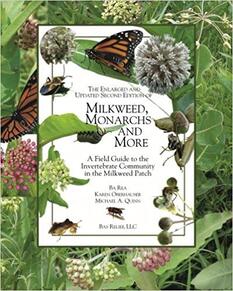

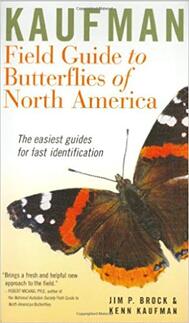

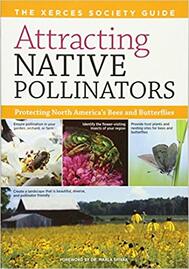
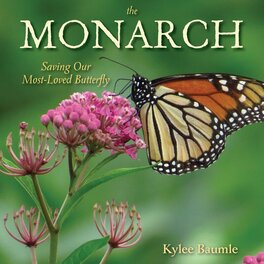
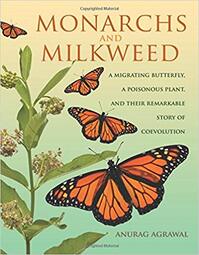
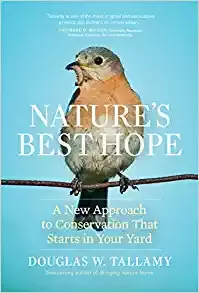

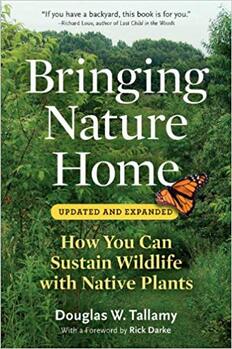
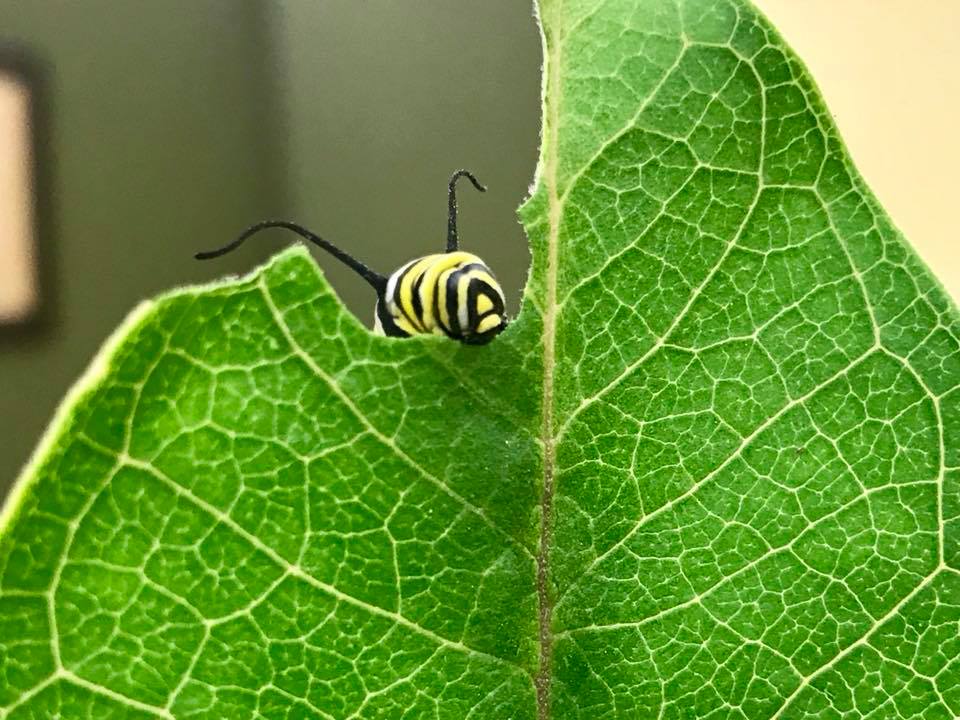
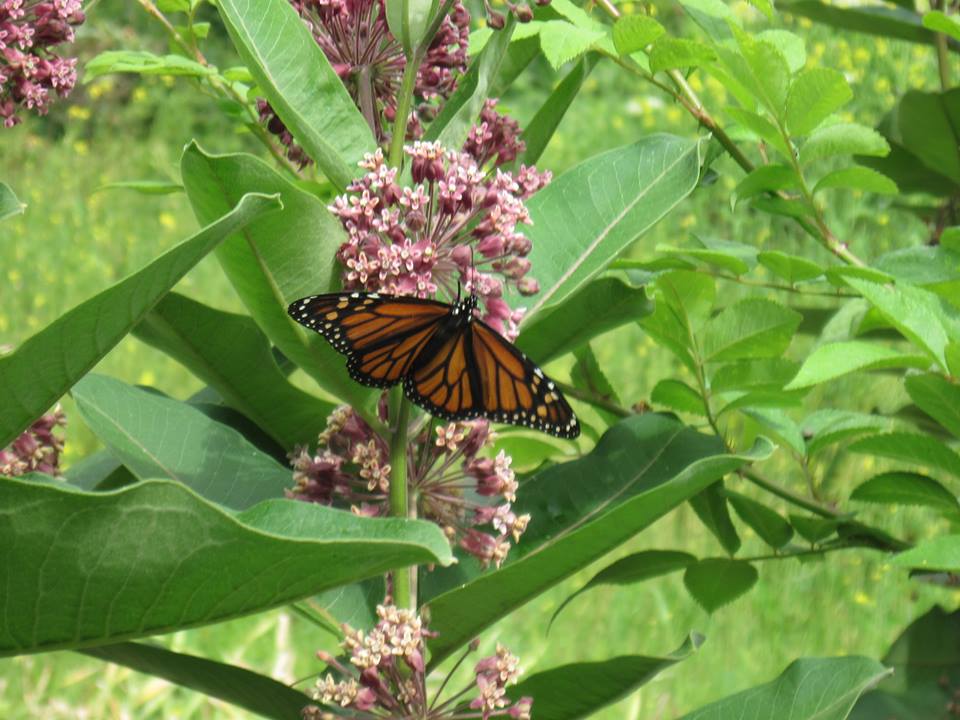
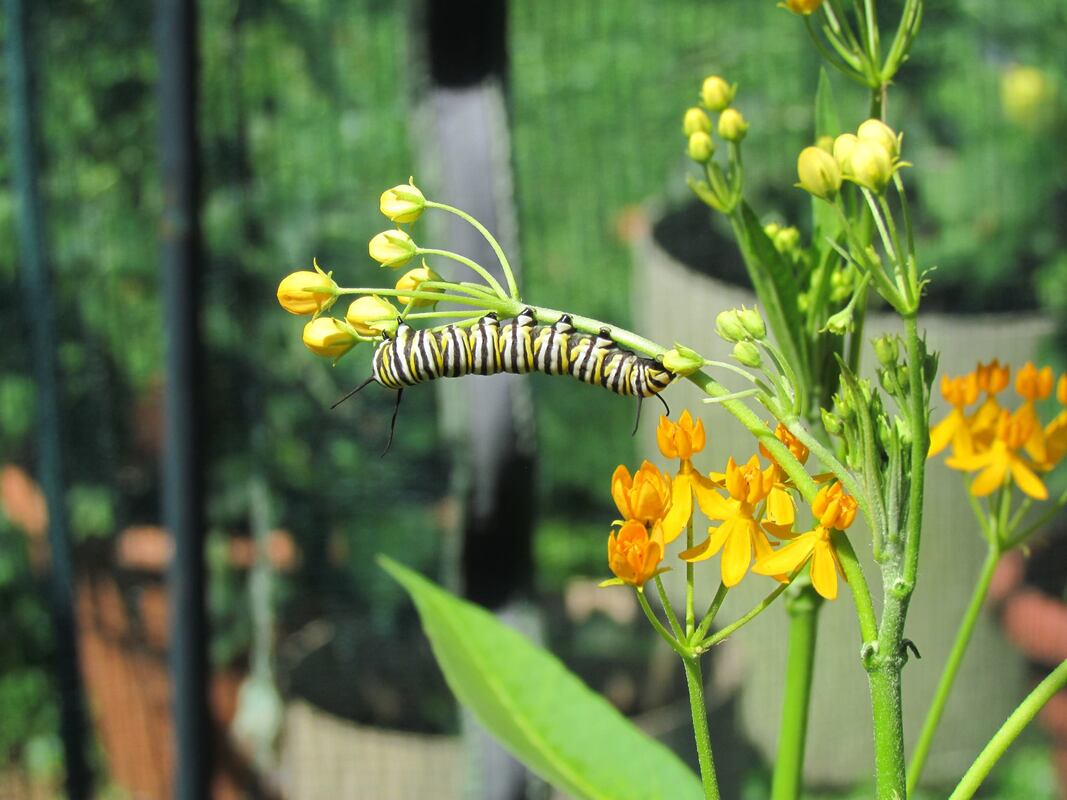
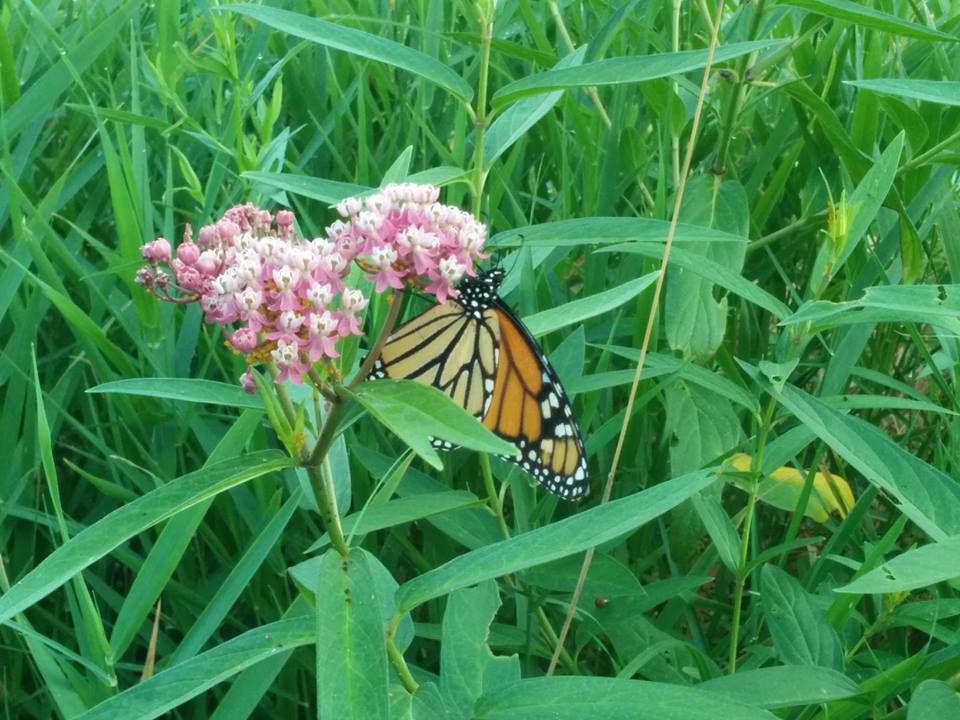
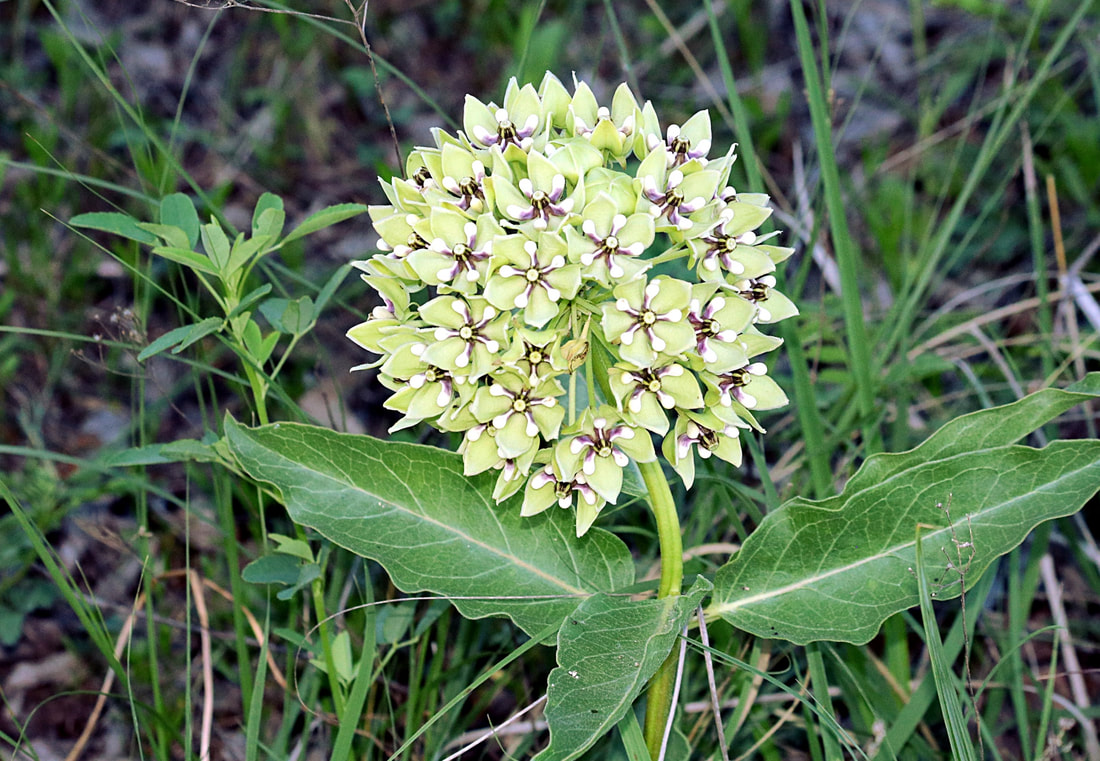
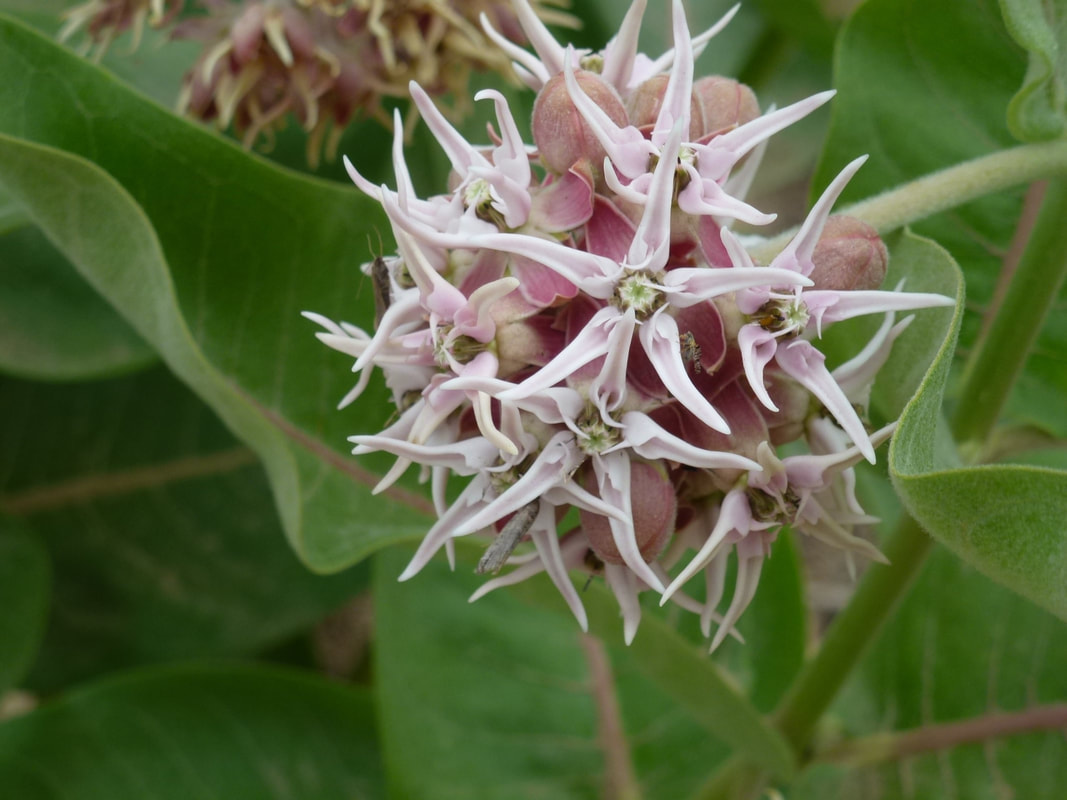
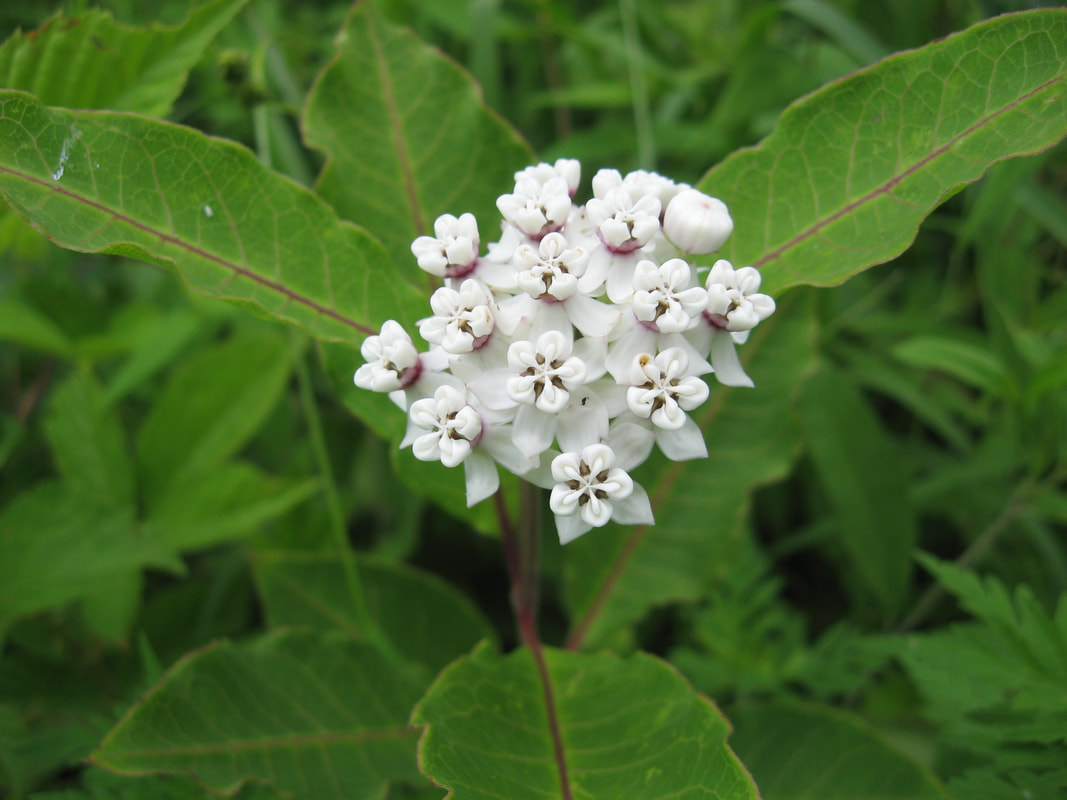
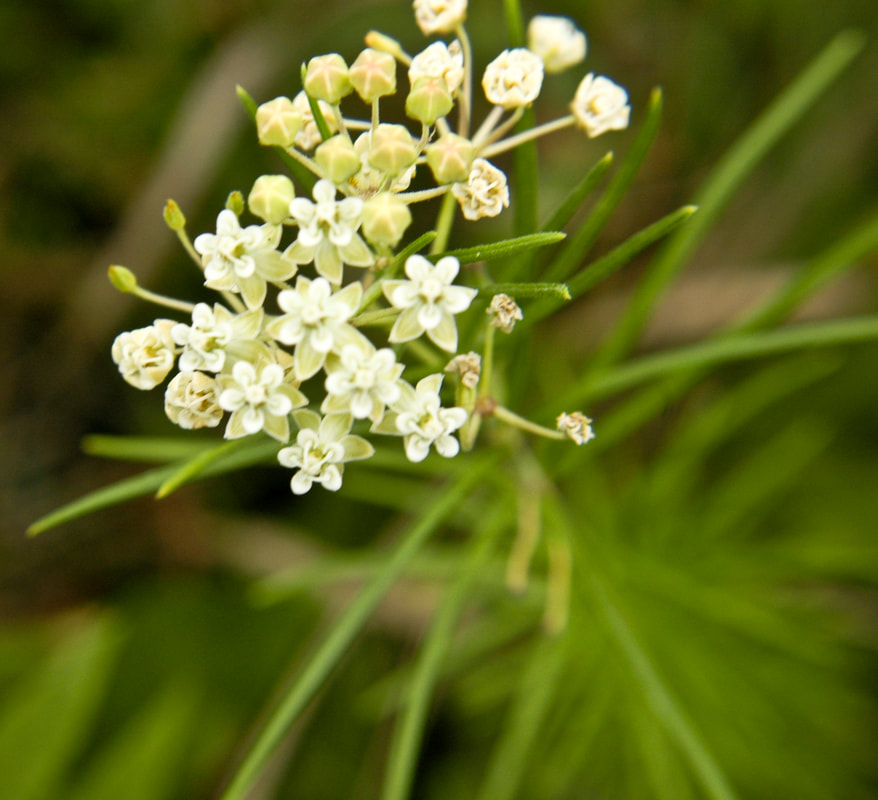
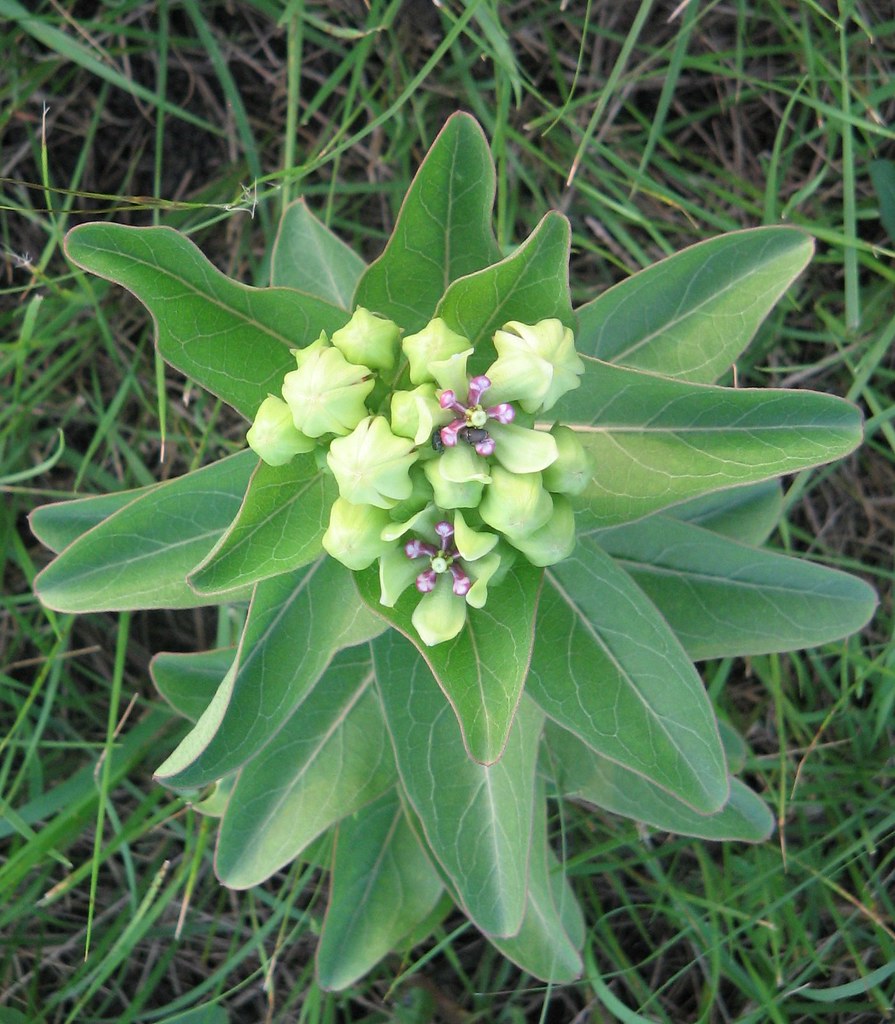
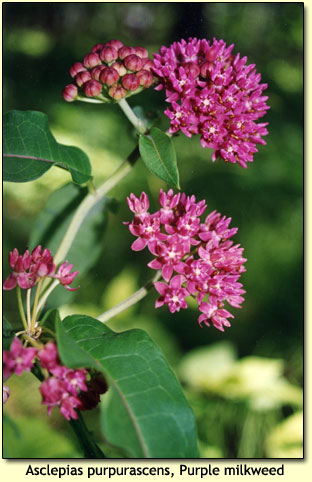
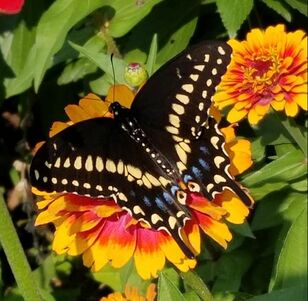
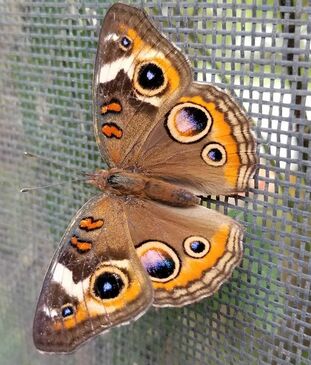
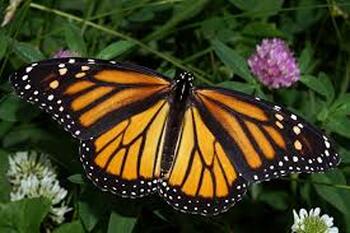
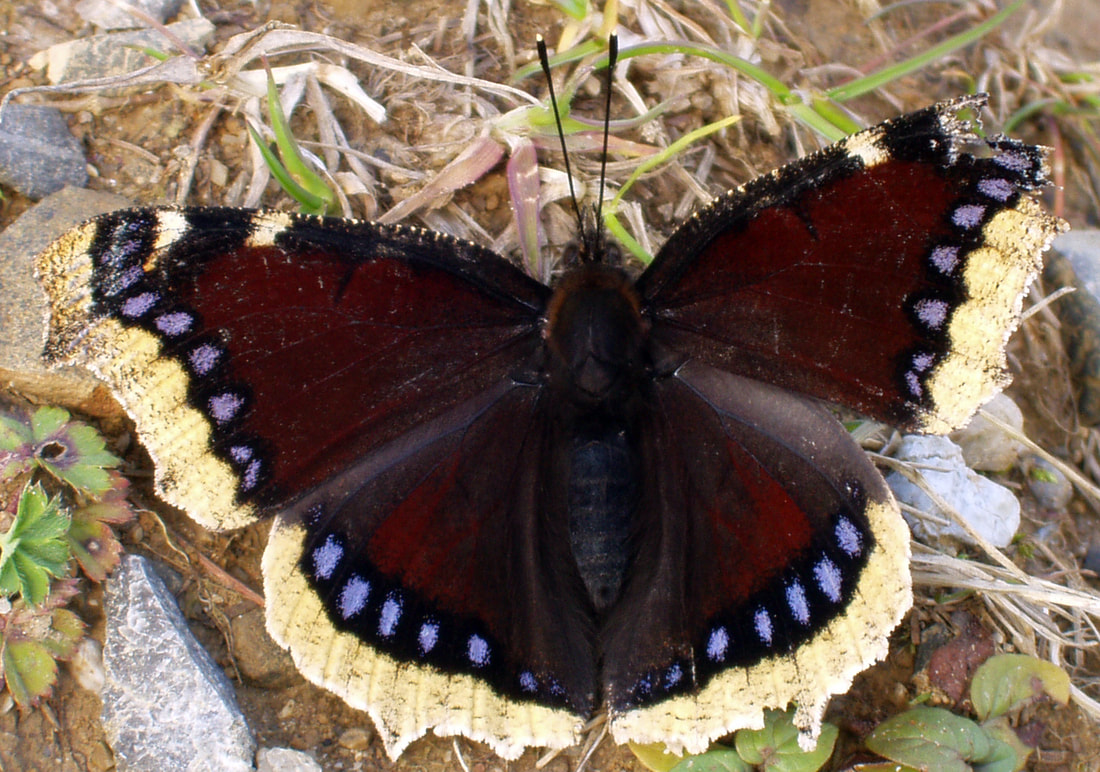
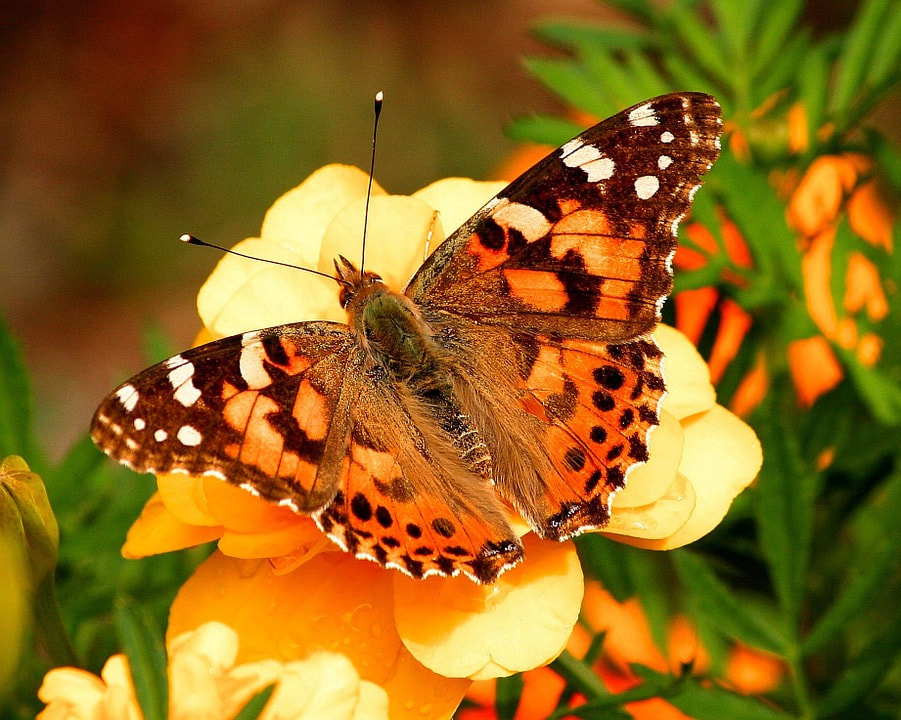
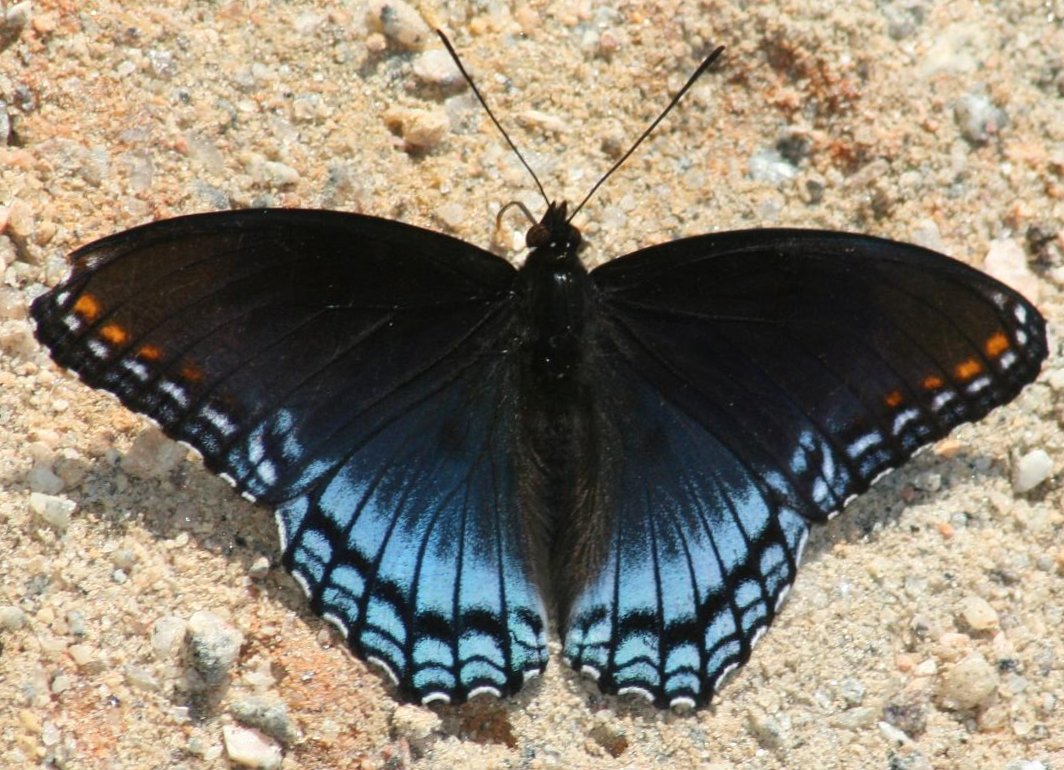
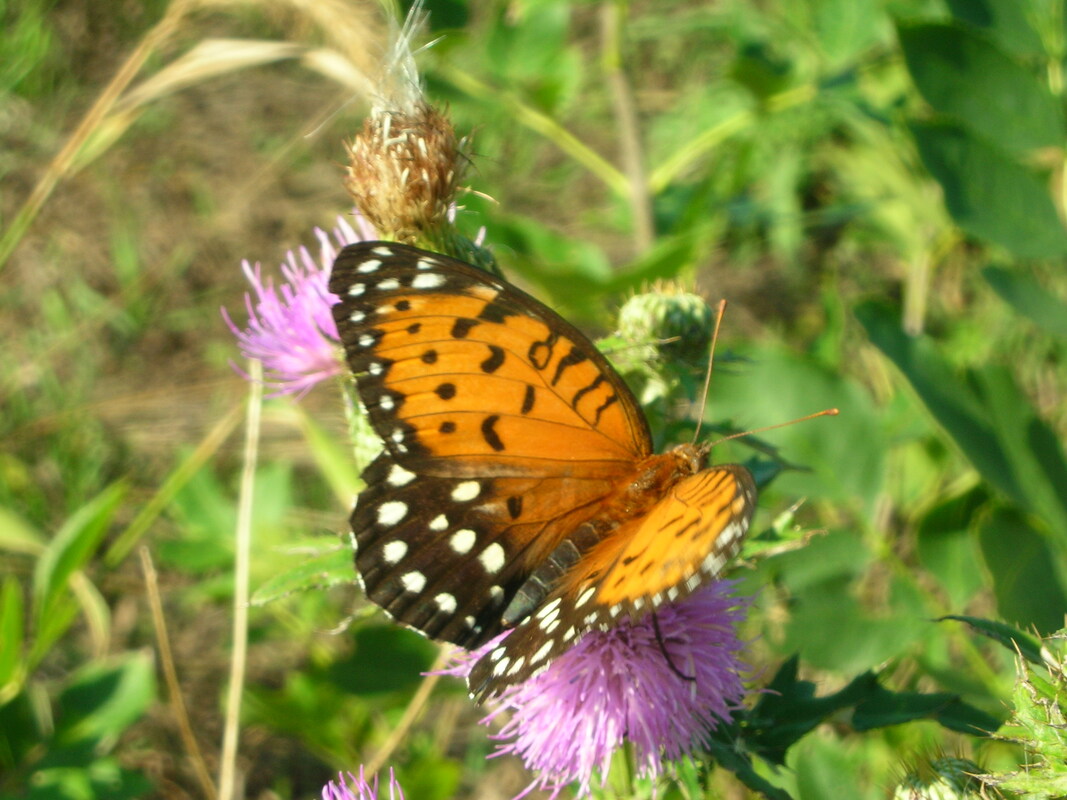
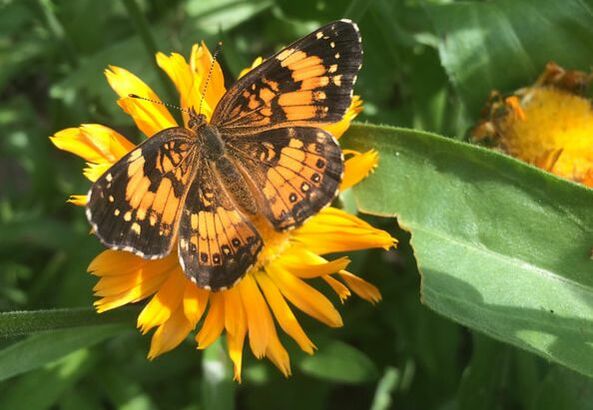
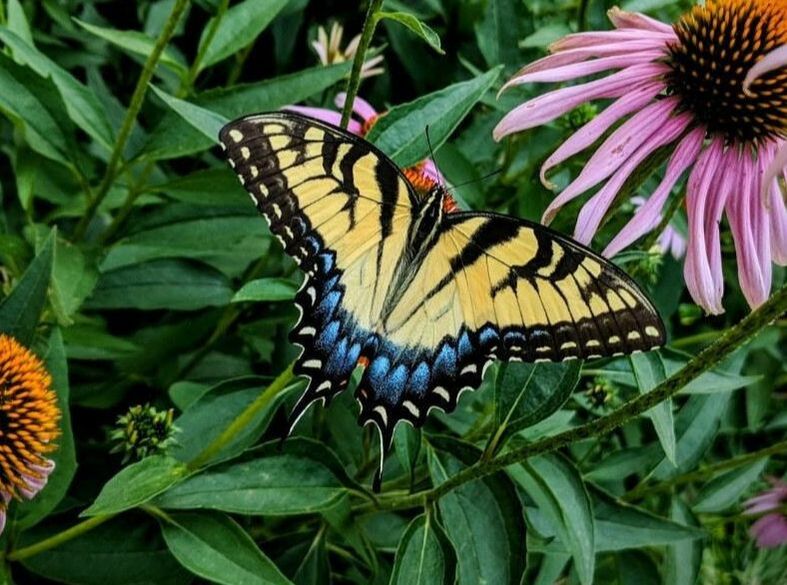
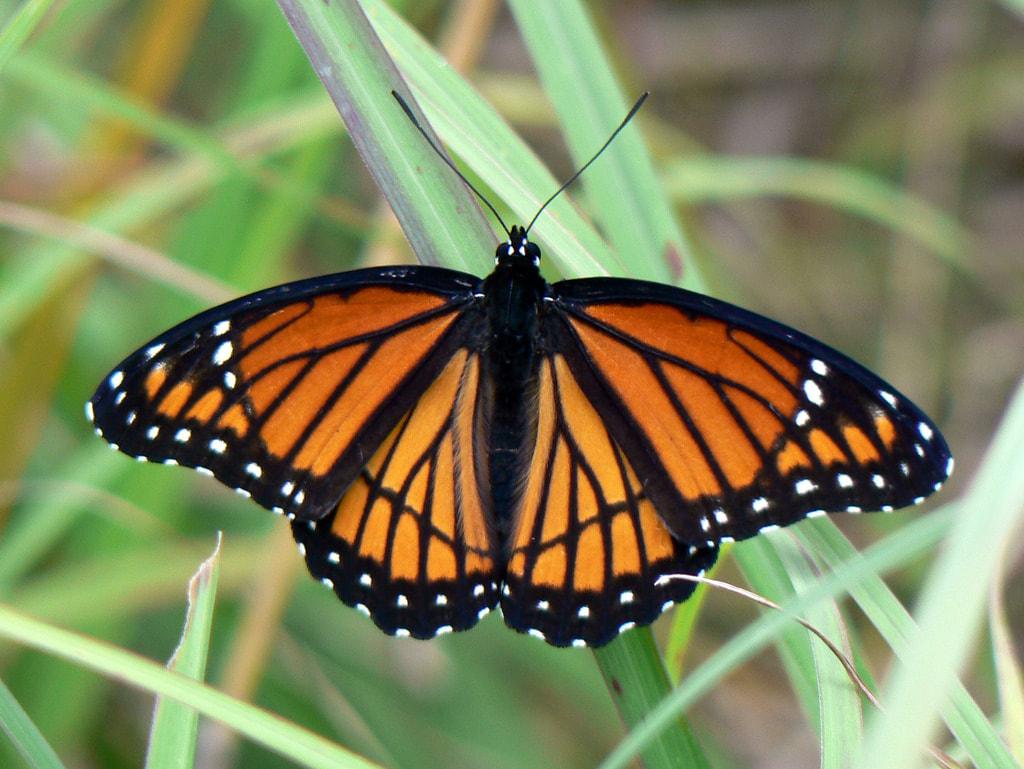
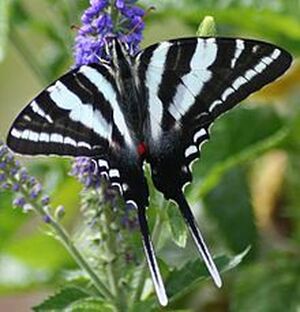
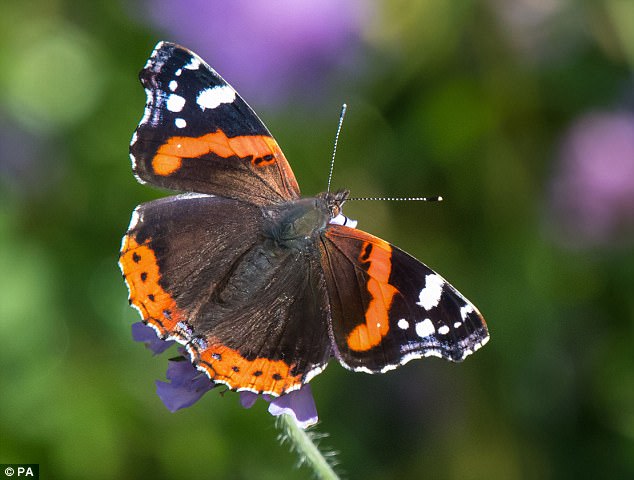
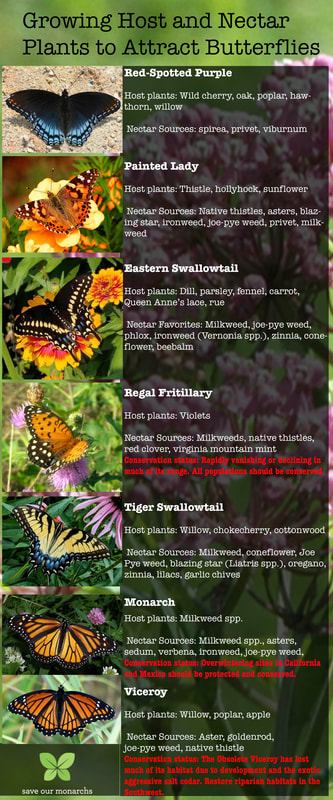
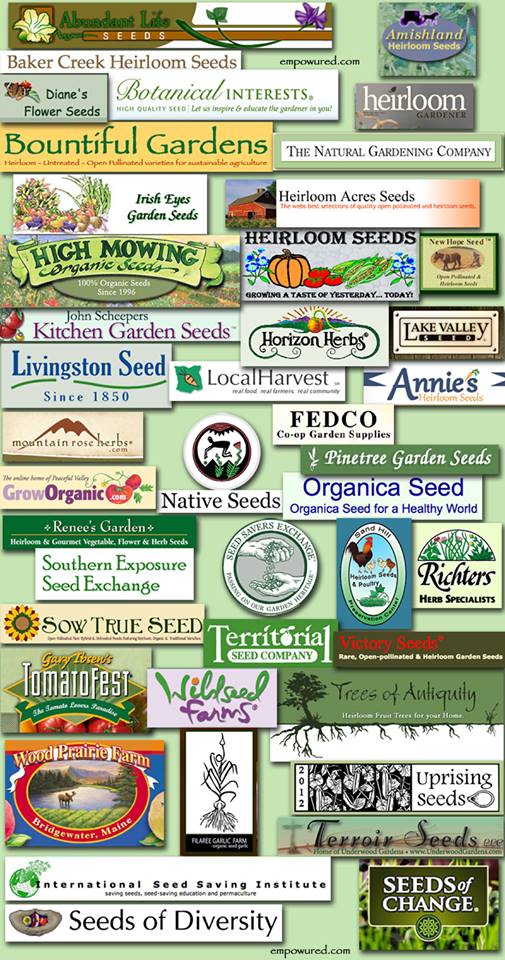

 RSS Feed
RSS Feed